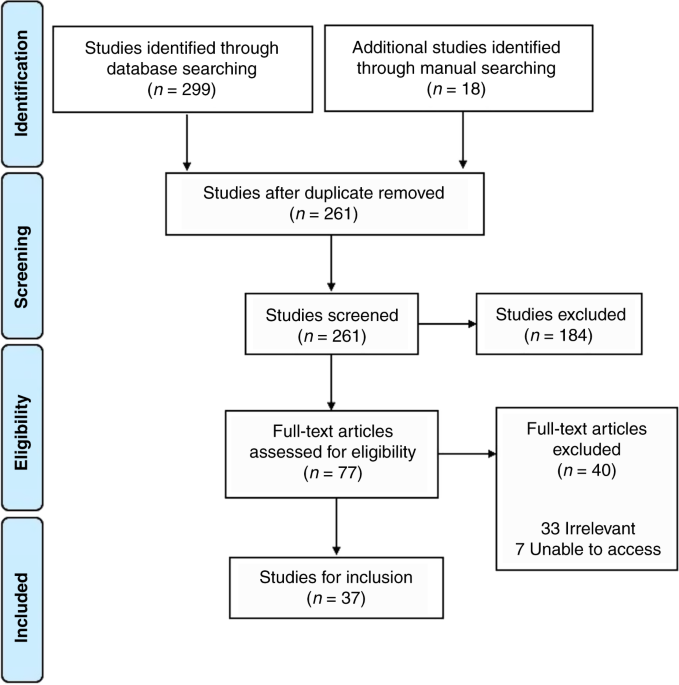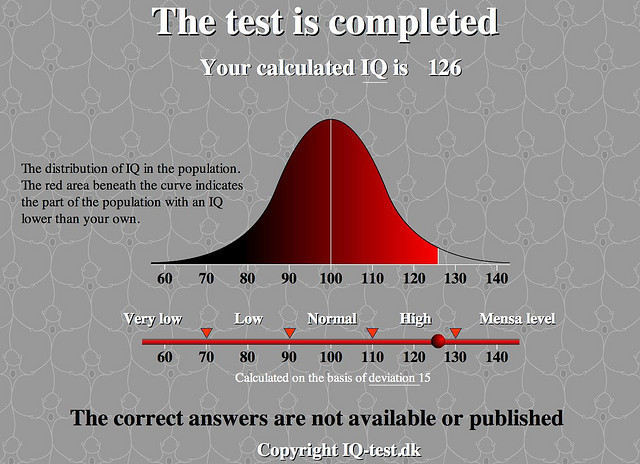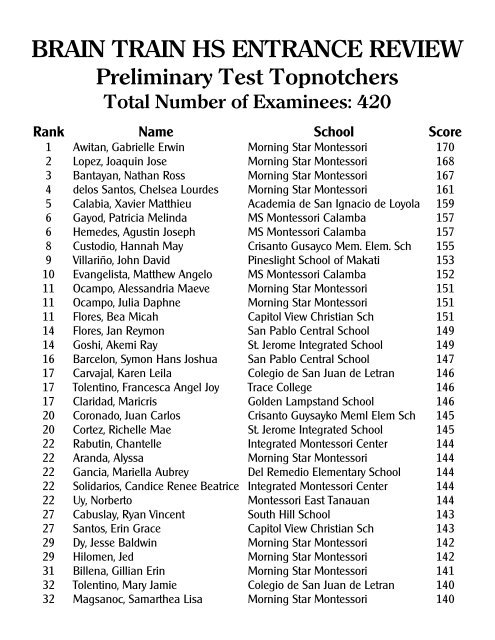The effect of incorporating an arterial pH target during apnea test for brain death determination, Journal of Intensive Care
Por um escritor misterioso
Descrição
Background Persistent apnea despite an adequate rise in arterial pressure of CO2 is an essential component of the criteria for brain death (BD) determination. Current guidelines vary regarding the utility of arterial pH changes during the apnea test (AT). We aimed to study the effect of incorporating an arterial pH target < 7.30 during the AT (in addition to the existing PaCO2 threshold) on brain death declarations. Methods We performed retrospective analysis of consecutive adult patients who were diagnosed with BD and underwent AT at the Cleveland Clinic over the last 10 years. Data regarding baseline and post-AT blood gas analyses were collected and analyzed. Results Ninety-eight patients underwent AT in the study period, which was positive in 89 (91%) and inconclusive in 9 (9%) patients. The mean age was 50 years old (standard deviation [SD] 16) and 54 (55%) were female. The most common etiology BD was hypoxic ischemic brain injury (HIBI) due to cardiac arrest (42%). Compared to those with positive AT, patients with inconclusive AT had a higher post-AT pH (7.24 vs 7.17, p = 0.01), lower PaO2 (47 vs 145, p < 0.01), and a lower PaCO2 (55 vs 73, p = 0.01). Among patients with a positive AT using PaCO2 threshold alone, the frequency of patients with post-AT pH < 7.30 was 95% (83/87). Conclusion Implementing a BD criteria requiring both arterial pH and PaCO2 thresholds reduced the total number of positive ATs; these inconclusive cases would have required longer duration of AT to reach both targets, repeated ATs, or ancillary studies to confirm BD. The impact of this on the overall number BD declarations requires further research.

PDF) The effect of incorporating an arterial pH target during

Carbon dioxide levels in neonates: what are safe parameters

Pulmonary Arterial Hypertension
Validity of the Trail Making Test as an Indicator of Organic Brain

2022 AHA/ACC/HFSA Guideline for the Management of Heart Failure: A

Revise the Uniform Determination of Death Act to Align the Law

Mechanisms and Consequences of Oxygen and Carbon Dioxide Sensing

Determination of Brain Death/Death by Neurologic Criteria: The

European Respiratory Society statement on sleep apnoea, sleepiness

Critical care — Blog — NUEM Blog

2022 ACC/AHA/HFSA Guideline for the Management of Heart Failure

WASOG statement on the diagnosis and management of sarcoidosis

Wearable Sensing Devices for Point of Care Diagnostics
de
por adulto (o preço varia de acordo com o tamanho do grupo)







